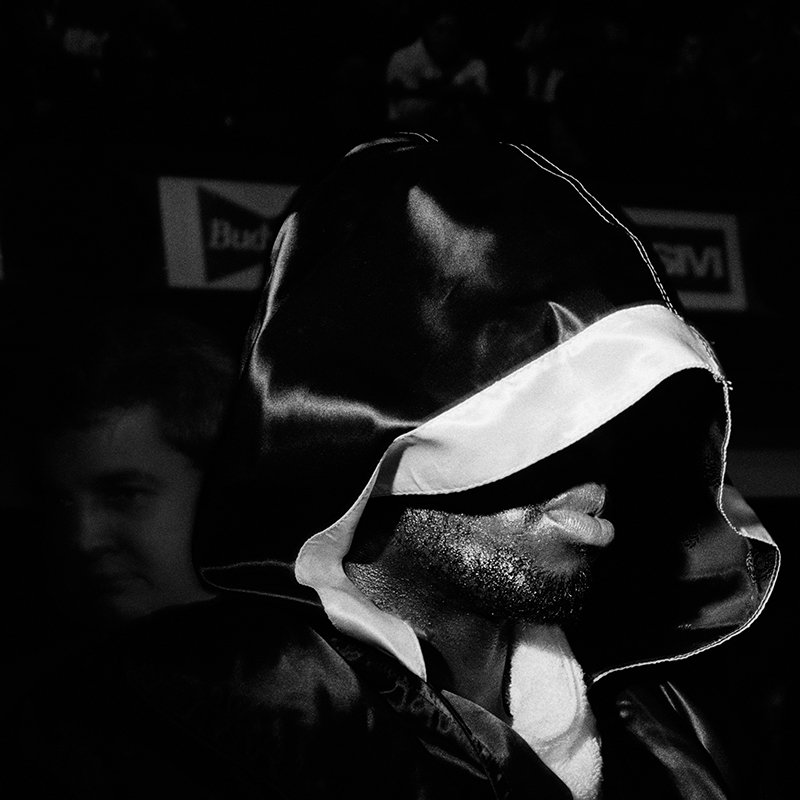JohN MACK REPRESENTS THE USA IN THE 2023 LONDON DESIGN BIENNALE
Robert Mann Gallery’s exceptional artists, John Mack and Mary Mattingly, possess a distinct global and environmental consciousness that permeates their work. Mattingly, who was just awarded a Guggenheim Fellowship, is known for her discussions and projects pertaining to water conservation and preserving our natural resources. Meanwhile, Mack infuses his creations with a profound exploration of the future consequences of digital interference on our natural landscapes. Mack’s captivating light boxes, coupled with his innovative app that enables users to seamlessly transform Pokémon landscapes into their natural counterparts and vice versa will be showcased at this years London Biennale. As an observer, we can fully appreciate and celebrate these two artists as true trailblazers who contribute to the betterment of humankind and nature through their artistic endeavors.
Since 2016, author and artist John Mack has committed himself to one of the most pressing conversations of our times: the digital takeover of human consciousness.
With this perspective, Mack founded Life Calling, a non-profit organization dedicated to preserving our humanity in the ‘Digital Age.’ In Life Calling’s signature program, ‘A Species Between Worlds’, Mack uses digital game design as a means to highlight the modalities of perception that bring about our disconnection from nature, including clues that might lead us back to our unity with it. With a passion for visually capturing not only the surrounding landscape but also the effects of connecting to either the natural or the virtual, Mack crisscrossed the United States of America, from Maine to Hawaii, photographing over forty-five US National Parks.
London Design Biennale is a global gathering of the world’s most ambitious and imaginative designers, curators and design institutes. The fourth edition will take place from June 1 to June 25, 2023 with the theme The Global Game: Remapping Collaborations.
More information here.










